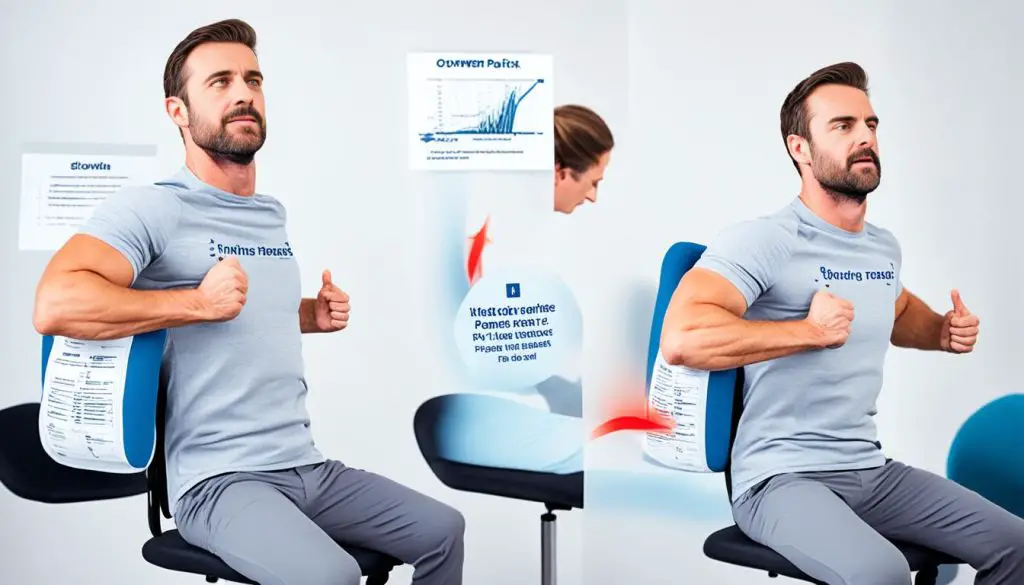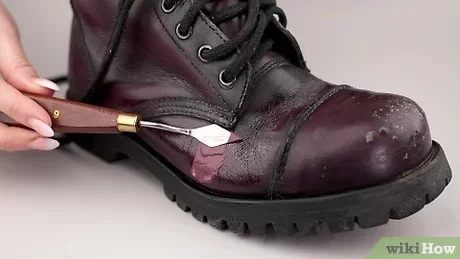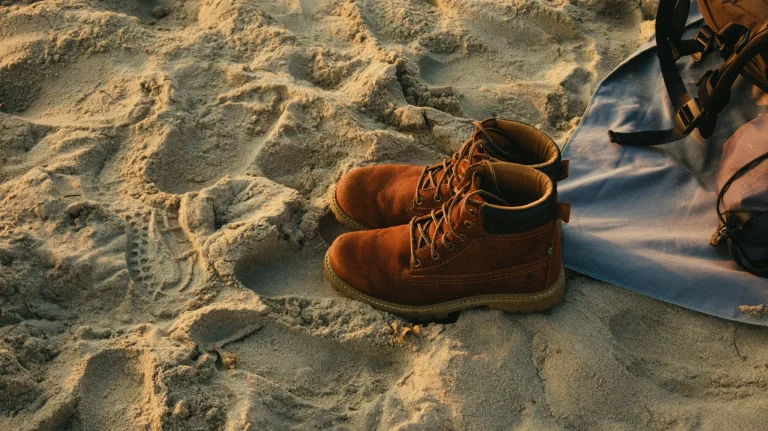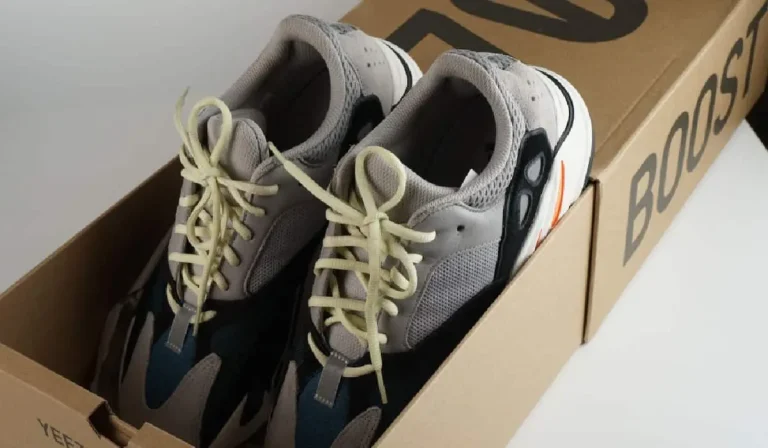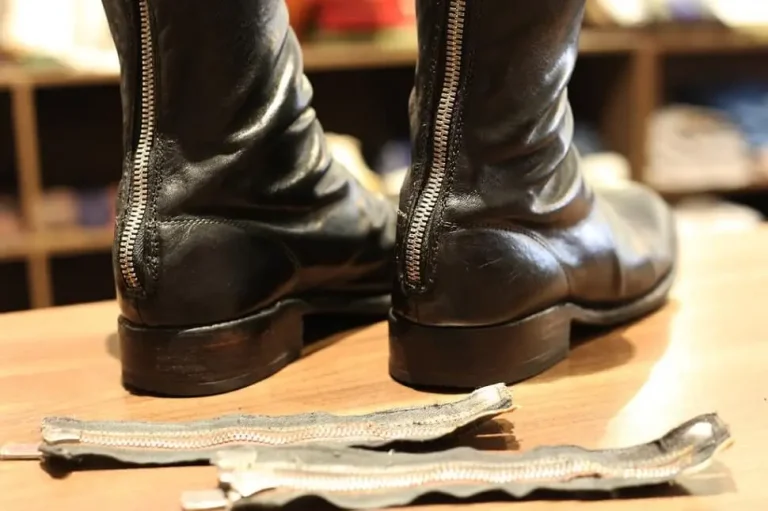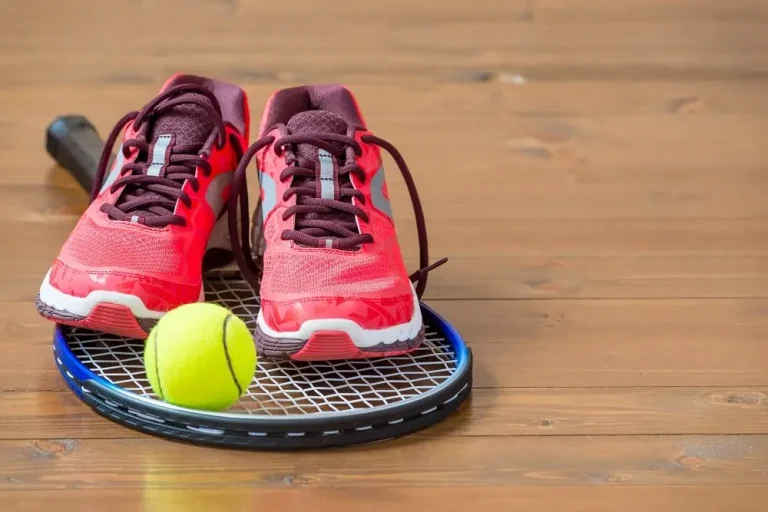Quick Relief for Lower Back Pain: Expert Tips
Sitting at my desk, I often feel that familiar pain in my lower back. It’s a constant reminder of the long hours I’ve spent working. This type of pain impacts many people, making it hard to go about their day. Yet, there are solutions approved by experts that can help us find quick relief. They can also help us take back control of our back health.

This guide covers various strategies to ease lower back pain. From simple medications to hot/cold applications, targeted stretches, and changing how you work, we have plenty of options. These solutions are not just for sudden pain but also for persistent back trouble. By using these expert-approved tips, you can quickly recover and enjoy a more active life again.
Key Takeaways
- Discover effective over-the-counter pain medications for fast relief
- Learn how to use hot and cold therapy to reduce inflammation and ease back pain
- Explore targeted stretches and exercises to improve mobility and strengthen your back
- Understand the importance of proper posture and ergonomic adjustments in your workspace
- Explore alternative therapies like massage, acupuncture, and chiropractic care for long-term management
Understanding Lower Back Pain
Lower back pain affects millions of people worldwide. To manage and treat it, knowing the causes and factors is key. This insight helps create plans to ease the pain and avoid it in the future.
Common Causes of Lower Back Discomfort
There are many causes of lower back pain. These include muscle strains, herniated discs, and sciatica. Muscle strains often happen from too much use, wrong lifting, or sudden moves. Herniated discs can happen when the spine’s cushioning is damaged. This causes nerve pain. Sciatica is leg pain caused by pressure on the nerve in your lower back.
| Cause | Description | Symptoms |
|---|---|---|
| Muscle Strain | Overuse, improper lifting, or sudden movements can lead to muscle strain in the lower back. | Localized pain, muscle spasms, limited range of motion |
| Herniated Disc | Damage or displacement of the cushioning between vertebrae, leading to nerve irritation. | Radiating pain, numbness, tingling in the leg or foot |
| Sciatica | Compression or irritation of the sciatic nerve, which originates in the lower back. | Shooting pain, numbness, or weakness in the leg |
Identifying Symptoms and Risk Factors
Lower back pain symptoms can range from dull to debilitating. Signs include:
- Localized pain or soreness in the lower back
- Stiffness or limited range of motion
- Radiating pain, numbness, or tingling in the legs or feet
- Muscle spasms or tightness
Several things can make you more likely to get lower back pain. These include age, being overweight, bad posture, and not being active. Knowing these can help you prevent or deal with lower back pain better.https://www.youtube.com/embed/CiWnHwhIWeo
“The key to managing lower back pain is to identify the underlying cause and address it through a comprehensive treatment approach.”
By learning about lower back pain causes and symptoms, you can spot and manage it. This leads to better pain relief and control over time.
Immediate Relief Strategies
When lower back pain hits hard and fast, you want quick relief. Here, we look at two powerful treatments. Over-the-counter pain meds and hot and cold therapy are proven ways to ease this pain. Learn how to use them right for the best results. This can help you feel better and start your journey to full recovery.
Over-the-Counter Pain Medication
Over-the-counter pain meds offer easy access to back pain relief. NSAIDs, such as ibuprofen or naproxen, fight inflammation and help back muscle relaxation. Acetaminophen is also good at dulling the pain. Remember, always follow the dose guidelines. If in doubt, check with your doctor, especially if you have health issues.
Hot and Cold Therapy
Heat and cold treatments are great for battling back pain. A warm bath, heating pad, or warm compress boosts blood flow and loosens muscles. Ice packs or cold wraps soothe inflamed spots and decrease pain. Use each for about 15-20 minutes, switching between hot and cold if needed.
| Therapy | Benefits | Duration |
|---|---|---|
| Heat Therapy | Increases blood flow, relaxes muscles | 15-20 minutes |
| Cold Therapy | Reduces inflammation, numbs pain | 15-20 minutes |
By using these easy-to-find meds and therapies, you can fight lower back pain right away. This approach offers quick, effective relief. This way, you can get back to your normal routine sooner.

Stretching and Exercise for Back Pain
Making stretches and exercises part of your routine can help a lot with lower back pain. These movements aim to boost flexibility, strengthen your core, and ease muscle tension. They offer serious relief and lasting advantages.
Effective Stretches for Lower Back Pain
To keep your lower back healthy and flexible, regularly do these stretches:
- Cat-Cow Pose: Begin on all fours. Arch your back and tilt your pelvis forward, then round your back and tilt your pelvis back.
- Knee-to-Chest Stretch: Lying down, bring one knee to your chest, holding for 30 seconds. Switch legs.
- Piriformis Stretch: Sit with one leg over the other. Lightly push the crossed knee towards the floor. Change sides.
Core-Strengthening Exercises for Lower Back Support
Strengthening your core helps support your lower back, reducing pain and stopping it from coming back. Try these exercises:
- Plank: In a high plank, hold for 30-60 seconds, making sure to tighten your abs.
- Bridges: On your back, lift your hips up and hold for 30 seconds.
- Bird Dog: Begin on all fours. Stretch one arm and the opposite leg, keeping your back straight.
Go slow, listening to what your body says. Over time, you can do these for longer and with more effort. Being consistent is very important for a healthy, ache-free lower back.
| Exercise | Benefits | Targeted Muscles |
|---|---|---|
| Cat-Cow Pose | Improves flexibility and mobility in the spine | Spinal muscles, core |
| Knee-to-Chest Stretch | Stretches the lower back and hip muscles | Lower back, hips |
| Plank | Strengthens the core and stabilizes the spine | Abdominal muscles, back muscles |
Adding these stretches and exercises to your daily life can help manage and relieve lower back pain. Always talk to a doctor if you’re worried or have existing health issues.

“Consistent stretching and core-strengthening exercises are key to maintaining a healthy, pain-free lower back. Stick with it, and you’ll start to feel the benefits in no time.”
how to relieve lower back pain fast
Looking for quick relief from lower back pain? Try some proven methods. Over-the-counter medicines and specific exercises can reduce your pain fast. They are designed to help you feel better and start your recovery journey.
Over-the-Counter Pain Relievers
Medicines like ibuprofen (Advil, Motrin) or naproxen (Aleve) work well. These are non-steroidal anti-inflammatory drugs (NSAIDs). They cut down swelling and make you feel better in about 30 minutes to an hour.
Hot and Cold Therapy
Heat or cold can ease your back pain too. Use a heating pad, take a warm bath, or apply a hot compress. They help relax your muscles. Or, try an ice pack or cold compress to reduce swelling and dull the pain. Switching between hot and cold can work wonders.
Targeted Stretches and Exercises
Doing certain stretches and exercises can take off the edge. Gentle moves like knee-to-chest, pelvic tilts, and small crunches are great. They help with muscle tension and getting your back moving better.
“Incorporating a few simple, low-impact exercises into your daily routine can make a significant difference in managing lower back pain.”
Quick fixes are good, but remember to tackle the actual causes for long-term relief. If pain continues or gets worse, see a doctor. They can help with more options and advice.

Ergonomic Adjustments
Having the right posture and workspace is crucial for lessening lower back pain. Make changes to how you work to ease the strain on your back. This can help you feel better.
Proper Posture and Workspace Setup
Bad posture can lead to lower back pain, especially if your workspace is not set up well. Here’s how to fix that:
- Adjust your chair height so your thighs are parallel to the ground, and your knees are at a 90-degree angle or slightly wider.
- Ensure your computer screen is at eye level, preventing you from hunching forward or straining your neck.
- Use a lumbar support cushion or adjust the backrest of your chair to maintain the natural curve of your spine.
- Keep your feet flat on the floor or use a footrest to alleviate pressure on your lower back.
- Take regular breaks to stand, stretch, and move around, as prolonged sitting can contribute to can bad shoes cause upper back pain and can flat shoes cause back pain?
Adding these changes to your desk can cut down on ergonomic tips for back pain and help improve your posture as you work.
| Ergonomic Adjustment | Benefit |
|---|---|
| Adjustable chair height | Maintains proper thigh-to-ground angle and knee position |
| Computer screen at eye level | Prevents neck strain and hunching forward |
| Lumbar support cushion | Maintains natural curve of the spine |
| Foot rest | Alleviates pressure on the lower back |
| Regular breaks and movement | Reduces the negative effects of prolonged sitting |
With these ergonomic fixes, you can have a workspace that’s kind to your spine. Remember, even small changes can improve how you feel and your general health.
Related To: Can Flat Shoes Cause Back Pain?
Lifestyle Modifications
Keeping healthy can be key in beating and stopping lower back pain. Making changes to what you do each day helps. It can make the pain you feel now better. And it might stop more pain in the future.
Weight Management and Low-Impact Activities
Extra weight adds stress to your spine, causing or making back pain worse. Doing things like swimming, biking, or walking can trim weight. At the same time, it won’t strain your back much. These exercises also make your core muscles stronger and make you more flexible. Both help your spine.
- Aim for gradual, sustainable weight loss through a balanced diet and regular physical activity.
- Choose low-impact exercises that don’t put undue pressure on your lower back, such as swimming, cycling, or walking.
- Strengthen your core muscles to provide better support for your spine.
Staying at a healthy weight and being active in gentle ways can handle and prevent constant back pain. Small steps in lifestyle can bring big improvements to your back’s health.

“Incorporating regular low-impact exercise into your routine can be a game-changer for managing and preventing lower back pain.”
It’s not just about weight and working out. Other things can help keep your back healthy. Good posture, the right shoes, and dealing with stress are also important. They help lower back pain.
Alternative Therapies
Conventional treatments can help with lower back pain, but many are trying alternative therapies. People see these approaches as more natural and holistic. They offer something extra to the usual medical care. These include methods like massage and acupuncture.
Massage, Acupuncture, and Chiropractic Care
Massage therapy is great for back pain. It helps relax the muscles and increase blood flow. Skilled therapists can focus on specific points and use deep techniques to root out the causes of pain.
Acupuncture is another option. It uses thin needles on the body’s energy paths. This traditional Chinese method is thought to kickstart the body’s own ways to relax muscles. Plus, it can help release endorphins, which fight pain naturally.
Chiropractic care involves adjusting the spine by hand. It’s a top choice for those looking for more natural healing. By aligning the spine, chiropractors can often lessen pain, boost movement, and lower nerve pressure.
“Massage, acupuncture, and chiropractic care have all been shown to provide significant relief for individuals suffering from lower back pain. These alternative therapies can be a valuable complement to traditional medical treatment.”
Yet, these alternatives might not work the same for everyone. It’s smart to talk to your doctor before adding them to your healing plan.
Preventing Lower Back Pain Recurrence
To keep lower back pain at bay for years, you need a proactive plan. This includes several strategies and tweaks in your life. By doing this, you can take charge of your back health and lower the chance of feeling that pain again.
Strengthen Your Core Muscles
Focusing on your core muscles is crucial to avoid lower back pain returning. A strong core helps support your spine. This means less pressure on your lower back. Try to exercise your stomach, back, and hip muscles often to boost your core strength.
Practice Proper Lifting Techniques
Lifting things wrongly is a top cause of lower back pain. Always lift heavy items with care. Keep your back straight, bend your knees, and use your leg muscles. Don’t twist your body, as it can harm your lower back.
Maintain Good Posture
Good posture is vital for a healthy back. It’s not just about sitting or standing straight. It’s also about how you move. Use furniture and tools that improve your posture. This helps lower the strain on your back.
Incorporate Stretching and Mobility Exercises
Stretching and moving your body regularly can make your back more flexible. This lowers the chance of getting back pain again. Focus on the muscles and joints in your lower back, hips, and legs to keep your spine healthy.
Manage Your Weight
Extra weight can stress your lower back and lead to pain. A healthy diet and regular exercise can help you stay at a good weight. This eases the pressure on your spine.
Follow these steps to keep lower back pain from coming back. Being consistent and taking a well-rounded approach to caring for your back is the secret to staying pain-free.
When to Seek Medical Attention
Lower back pain can often be handled at home with some care and remedies. But, sometimes you need to see a doctor. Knowing when to get professional help is very important. This makes taking care of chronic low back pain better.
Red Flags and Persistent Pain
If you’re experiencing any of the following symptoms, it’s essential to consult a healthcare professional:
- Persistent or worsening lower back pain that lasts for more than a few weeks
- Pain that radiates down the legs or causes numbness or tingling in the legs or feet
- Sudden, severe back pain that interferes with daily activities
- Unexplained weight loss or fever accompanying the back pain
- Difficulty controlling bladder or bowel function
- History of cancer, osteoporosis, or other underlying medical conditions
These signs might mean something serious needs attention. If you notice any of these, or if home remedies don’t work, seek help without waiting.
Prepare to talk about how long, how bad, and where it hurts when you see a doctor. Explain any other symptoms too. Your doctor will make a plan to help manage your chronic low back pain.
“Persistent or worsening back pain should never be ignored. Seeking medical attention promptly can help prevent the condition from becoming more severe and identify any underlying causes.”
Lower Back Pain and Footwear
Choosing the right shoes is crucial for a healthy lower back. Shoes that don’t support your feet well, lack cushioning, or have very high heels can make your back hurt. It’s important to know how your shoes and your back pain are connected. This knowledge helps you find relief and avoid future problems.
Related To: Can Running Shoes Cause Back Pain?
Impact of Improper Shoes on Back Health
Shoes that don’t fit well or are not the right type can misalign your body. This causes strain on your lower back muscles and joints. For instance, flat shoes may make your arches fall, stressing your spine more. On the other hand, high-heeled or platform shoes might push your pelvis forward, leading to more lower back curve. This can start or make your back pain worse.
The shoes you choose for running or standing a long time also matter for your back. Bad running shoes that don’t soften the shock can harm your spine. This harm can lead to more lower back pain.
| Shoe Type | Impact on Back Health |
|---|---|
| Flat Shoes | Lack of arch support can lead to collapsed arches and strain on the lower back. |
| High-Heeled Shoes | Tilt the pelvis forward, causing an exaggerated curve in the lower back and potential pain. |
| Improper Running Shoes | Inadequate shock absorption can increase impact on the spine and contribute to lower back pain. |
Knowing how shoes affect your back helps you choose the best ones. This way, you can pick out shoes that keep your spine aligned. This is good for your overall health.
“The right pair of shoes can make a significant difference in relieving or preventing lower back pain. Investing in high-quality, supportive footwear is a simple yet effective way to take care of your back health.”
To keep your back healthy, choose shoes that are good for your feet. Make sure they have support, cushioning, and are stable. Doing this helps you avoid and ease lower back pain. It also makes movement more comfortable and smooth.
Chronic Lower Back Pain Management
Handling chronic lower back pain may seem tough. Yet, with the right strategies, you can get relief and enjoy life more. If you face persistent lower back spasms, lower back stiffness, or lower back tightness, it’s crucial to take a well-rounded approach to chronic back pain management.
Staying active is vital in dealing with chronic lower back pain. Regular exercise that focuses on lower back stiffness exercises and lower back tightness stretches can boost flexibility, strengthen your core, and cut down on flare-ups. A physical therapist or instructor can create a plan tailored to you.
Using over-the-counter pain meds wisely can also help. But, make sure to stick to the dosages and talk to your doctor. This is especially important if you’re looking at using them long-term.
Looking into alternative treatments like massage, acupuncture, and chiropractic care can ease your pain. These options can ease muscle tension, boost blood flow, and support your body’s healing. They work well with more standard medical care.
“Chronic back pain management requires a multifaceted approach that addresses both the physical and emotional aspects of the condition.”
Dealing with chronic back pain takes time, effort, and openness to trying different treatments. By teaming up with your healthcare provider and mixing exercise, pain management, and alternative therapies, you can manage your chronic back pain. This leads to a better quality of life.
| Approach | Benefits | Considerations |
|---|---|---|
| Regular Exercise | Improves flexibility, strengthens core, reduces flare-ups | Consult a physical therapist for a personalized plan |
| Over-the-Counter Medications | Provides temporary relief for chronic back pain | Follow dosage instructions, consult healthcare provider |
| Alternative Therapies | Helps alleviate muscle tension, improve circulation, promote healing | Seek qualified practitioners for massage, acupuncture, or chiropractic care |
Conclusion
In this guide, we’ve gone through ways to quickly ease lower back pain. We discussed using over-the-counter meds and hot/cold therapy for immediate relief. For longer-term help, we looked at changing how you work and live to reduce pain.
It’s important to know these steps can help a lot, but seeing a doctor is also key. They can tailor solutions just for you. By being proactive and seeking help that’s customized, you can manage your pain well. This helps you get back to enjoying life.
If you need quick fixes or more lasting ways to handle back pain, this article has you covered. Use these proven methods in your daily life. This way, you can lessen your discomfort and feel better overall.
Frequently Asked Questions
What are the most common causes of lower back pain?
Lower back pain often comes from muscle strains, herniated discs, and sciatica. Bad posture or certain health issues can also be the cause. These health issues may include arthritis or spinal stenosis.
How can I quickly relieve lower back pain at home?
To ease lower back pain fast, try over-the-counter meds. Apply ice or heat and do easy back stretches. These help the area feel better.
Can poor posture and improper workspace setup contribute to back pain?
Bad posture and a poorly set up workspace can make back pain worse. Setting up your work area right can reduce back strain. This includes adjusting chair and desk heights for better alignment.
What are some effective stretches and exercises for lower back pain relief?
Good stretches and exercises for your lower back include cat-cow poses and gentle backbends. Don’t forget pelvic tilts and core strengthening with planks and bridges. These moves boost flexibility, release muscle tightness, and help your spine stay strong.
How can lifestyle factors like weight and physical activity impact lower back pain?
Being at a healthy weight and doing active but gentle activities can help lower back pain. Extra weight strains your back muscles more. Regular exercises strengthen your core and make you more flexible.
When should I seek medical attention for lower back pain?
If lower back pain doesn’t go away or gets worse, see a doctor. Also, see one if you feel numb or weak. If you have a health issue that might be causing the pain, don’t wait to get help.
Can certain types of footwear cause or exacerbate lower back pain?
Wearing shoes without proper support, cushioning, or the right heel height can hurt your back. It messes up how your body aligns. It’s vital to wear shoes that support your feet well and keep your back straight.
What are some long-term strategies for managing chronic lower back pain?
To deal with long-term lower back pain, keep doing exercises. Manage pain with help from a healthcare provider. Try massage, chiropractic care, or other complementary treatments. Also, make sure your surroundings are set up well for your back.

